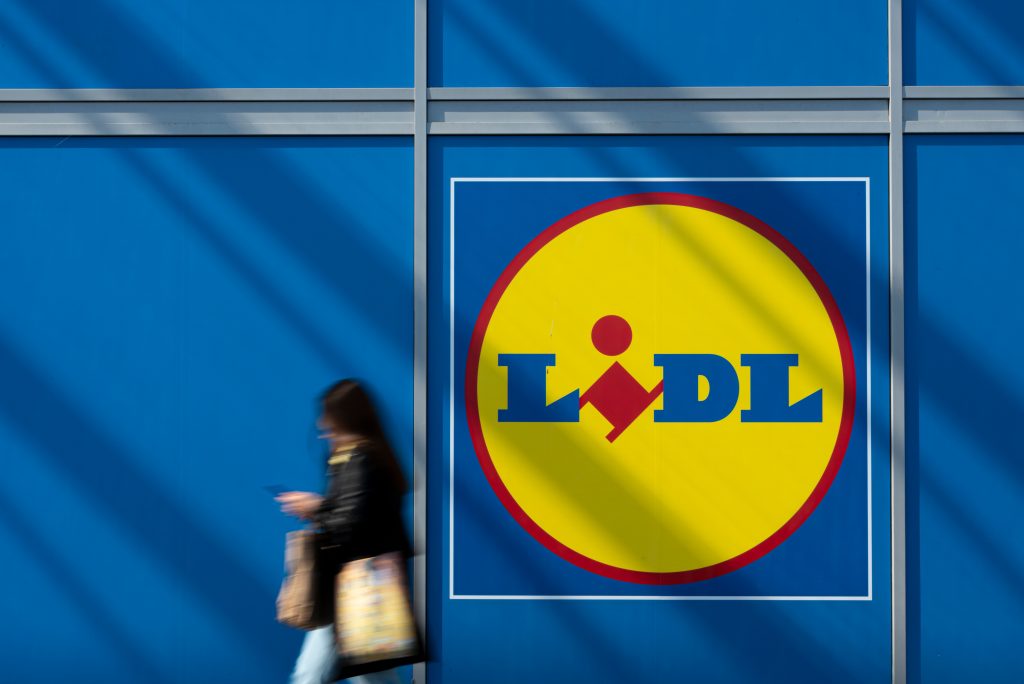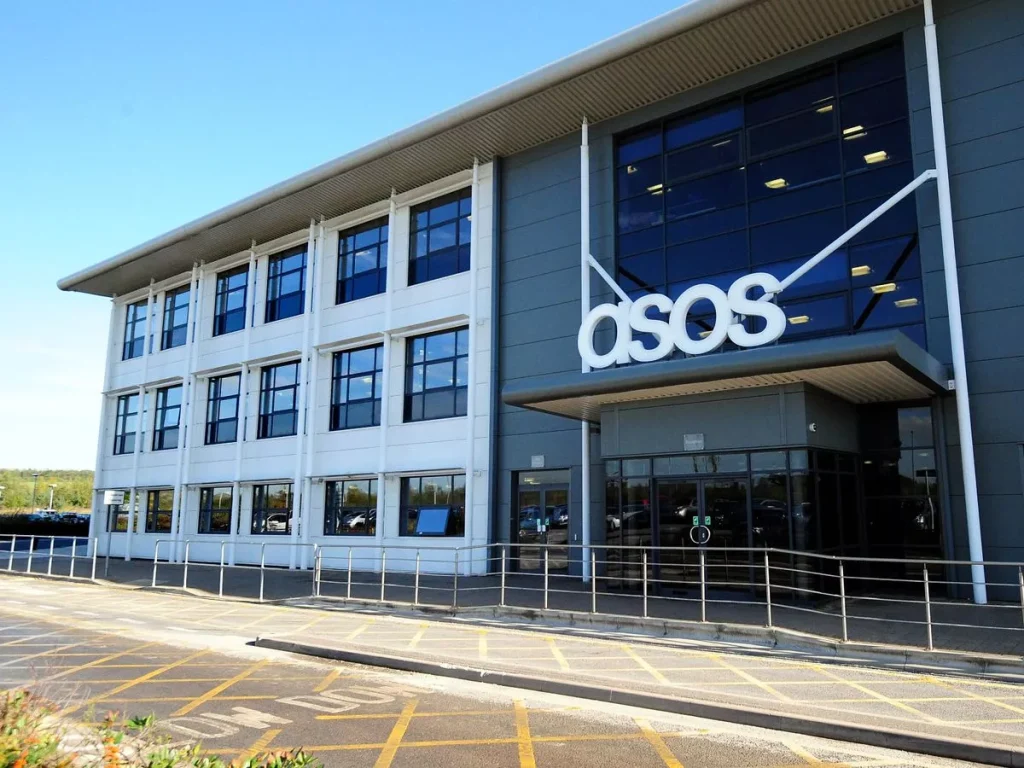Across our homes and offices we have seen a dramatic shift in the way we access information online. With mobile web usage set to outstrip desktop usage by 2014 it‘s clear that the way consumers want to interact with retailers is changing. If high street retailers are unable to adapt quickly enough to these trends then they are putting themselves at serious risk.
The high street has had a spate of bad news recently, especially with the recent figures from the British Retail Consortium revealing more than 10 per cent of shops in UK town centres are now lying empty due to stagnating sales. However, the NetSuite Retail & WD Trends Report 2012, which surveyed 200 UK high street retail managers, including seven of the top 10 retailers in the UK, paints a slightly different picture of UK retail in 2012 and 2013. The research reveals that nearly 90 per cent of those surveyed are remaining positive about their growth prospects in the coming year as they start to acknowledge new growth opportunities, through social media and m-commerce. The report finds that 75 per cent of retailers surveyed are running a mobile-optimised e-commerce site or a smartphone app, rising to 80 per cent when you include those that are planning to deploy in the next 12 months. With retailers expecting to see m-commerce grow at a rate of 23 per cent over the coming year, far outstripping the 12 per cent growth rate expected across the overall retail, it is becoming increasingly clear that retailers must act quickly to capitalise on this opportunity.
If you think how long it took many traditional retailers to fully embrace e-commerce, it is startling to see the speed at which m-commerce has been adopted. But then again, when you consider that the first true smartphone – Apple‘s iPhone – only hit the market in 2007 and that now over half of the UK‘s population owns a smartphone and a fifth own a tablet, you can see how quickly consumers are adopting these technologies.
Obstacles to Overcome
While many retailers are now developing an e-commerce strategy which incorporates mobile and social commerce, there are three key challenges which they are almost bound to come across. Integration management, budget and thinking social.
The first issue – integration – arises from the retail industry‘s rapidly push towards e-commerce. The majority of the companies were typically running their back-end operations on legacy systems and in the rush retailers were forced to ‘bolt on‘ disconnected solutions for selling online. The result has been multichannel commerce systems running on fragmented business information – one set of applications dedicated to retail channel, a separate set of applications for e-commerce channels and yet another for telesales operations.
Unsurprisingly this inefficient approach has quickly become outdated. Integration is key. Margins are often so tight in retail that having to waste administration time re-entering data into multiple systems, or manually passing orders from an m-commerce system into fulfilment and ERP platforms based on another, can make the addition of new retail channels loss-making.
Additionally, delivering a compelling, personal customer experience can be a very expensive undertaking in itself. Our research which across a range of small and large UK retailers revealed that these companies spend nearly £200,000 on their online presence annually. However as consumers increasingly choose to shop via their smartphones and tablets, it is vital that businesses invest in providing customers with a strong m-commerce offering that can compete against rivals. Retailers are well aware of the dangers of losing out on this sales channel opportunity, with over half (52 per cent) viewing rivals‘ mobile offerings as a threat.
To overcome these issues, retailers need to adopt a central system to manage all transactions and associated cust





























